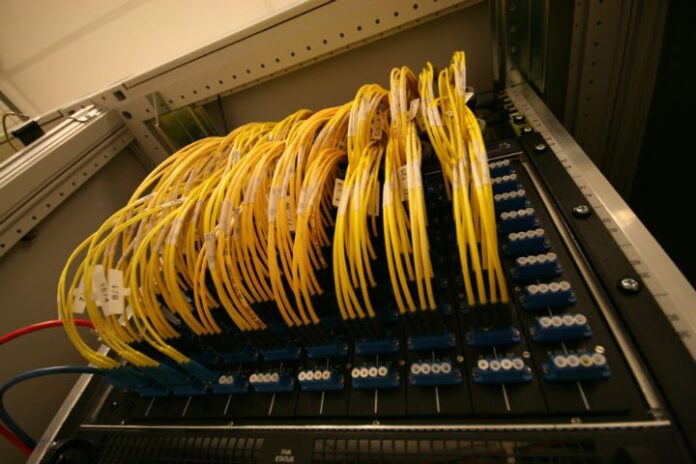The first 400G fiber route will link Denmark and Frankfurt
As carriers around the world work to meet consumer and business demand for high-speed connectivity, transport providers and fiber network owners are similarly upgrading the backbone infrastructure to support the evolving industry.
The latest upgrade, currently being rolled out in parts of Europe, is the introduction of 400G by Telia Carrier in partnership with Coriant, which is providing its CloudWave Optics, technology that combines signal processing and integrated photonics. A software-defined platform enables efficiency and scalability. Coriant’s Groove G30 DCI Platform provides 3.2 terabits of capacity to cloud and data center networks.
Last year 400G was still being tested by companies like Alcatel-Lucent, which has since been bought by Nokia. At the time, Alcatel-Lucent IP Routing and Transport CTO Steve Vogelsang discussed the technology in a blog post: “Ultra broadband networks and the devices that use them make our lives easier and more connected. New conveniences drive insatiable desire for more bandwidth which is leading to an annual IP traffic expansion of 50% or more. Keeping up with this demand is a huge challenge for broadband service providers. They must constantly re-engineer the network while it’s running and get the most out of every dollar invested in the infrastructure. New technologies like NFV and SDN hold out the promise to automate and optimize networks allowing operators to get ahead of demand and do more with less. It is not an understatement to say that SDN and NFV are a seismic shift in the way service providers think about their networks and the way they offer services. We are, after all, in the midst of a communications revolution driven by the convergence of cloud, IP and web. To succeed, your networks must be as agile, flexible and efficient as the cloud-based applications they support. They also need to scale higher and more efficiently than ever before.”
SDN and NFV techniques, still gaining adoption by carriers, allow operators to automatically provision bandwidth on demand in a way that’s optimized depending on the needs of a particular application. This idea, sometimes referred to as network slicing, is seen as a critical part of what will ultimately become “5G.”
Regarding the 400G deployment in Europe, Coriant EVP of global aales and services, Tarcisio Ribeiro, said the deployment “demonstrates the real-world value of optical layer programmability and fast service deployment.”
Telia Carrier has extensive fiber holdings, and Coriant focuses on SDN-enabled networking equipment.

